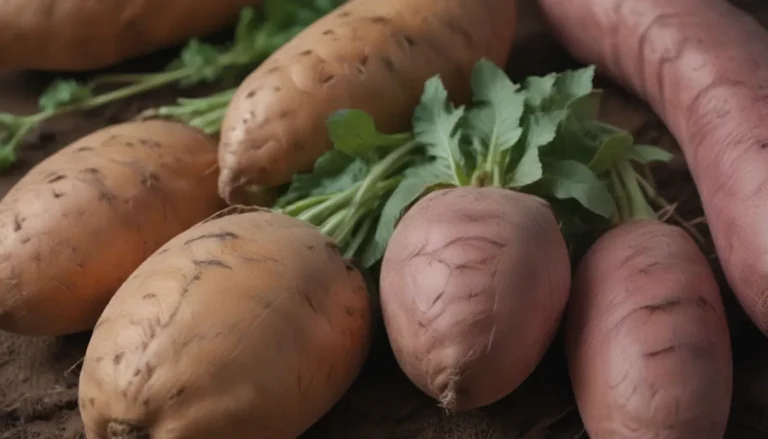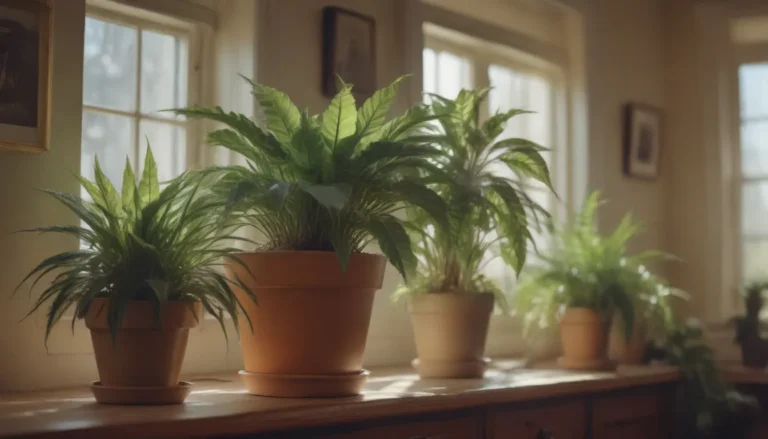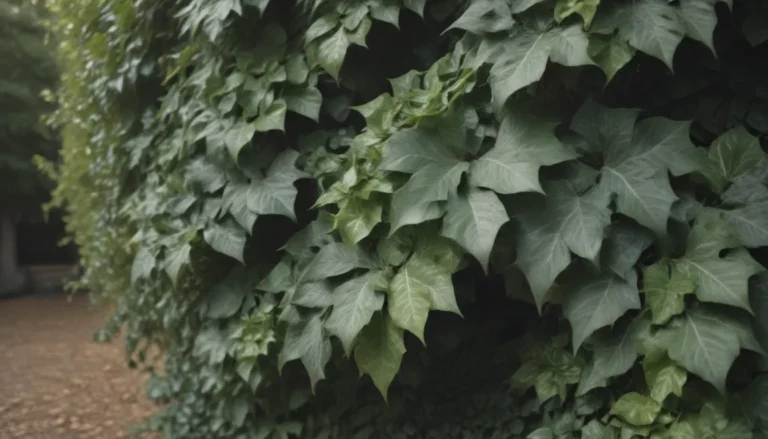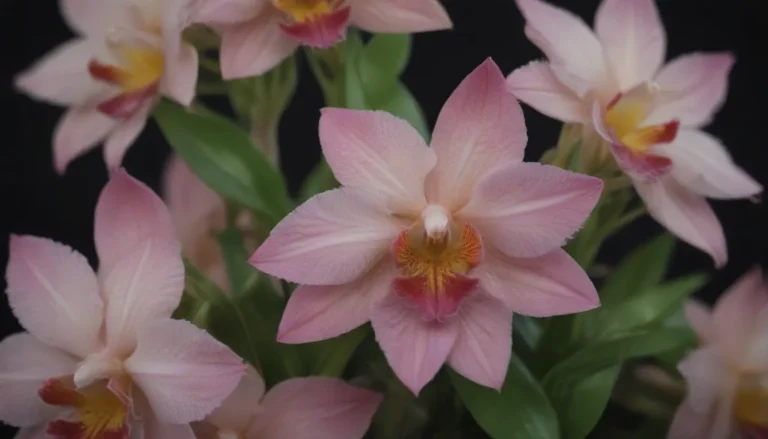Comprehensive Guide to Growing and Caring for Fava Beans
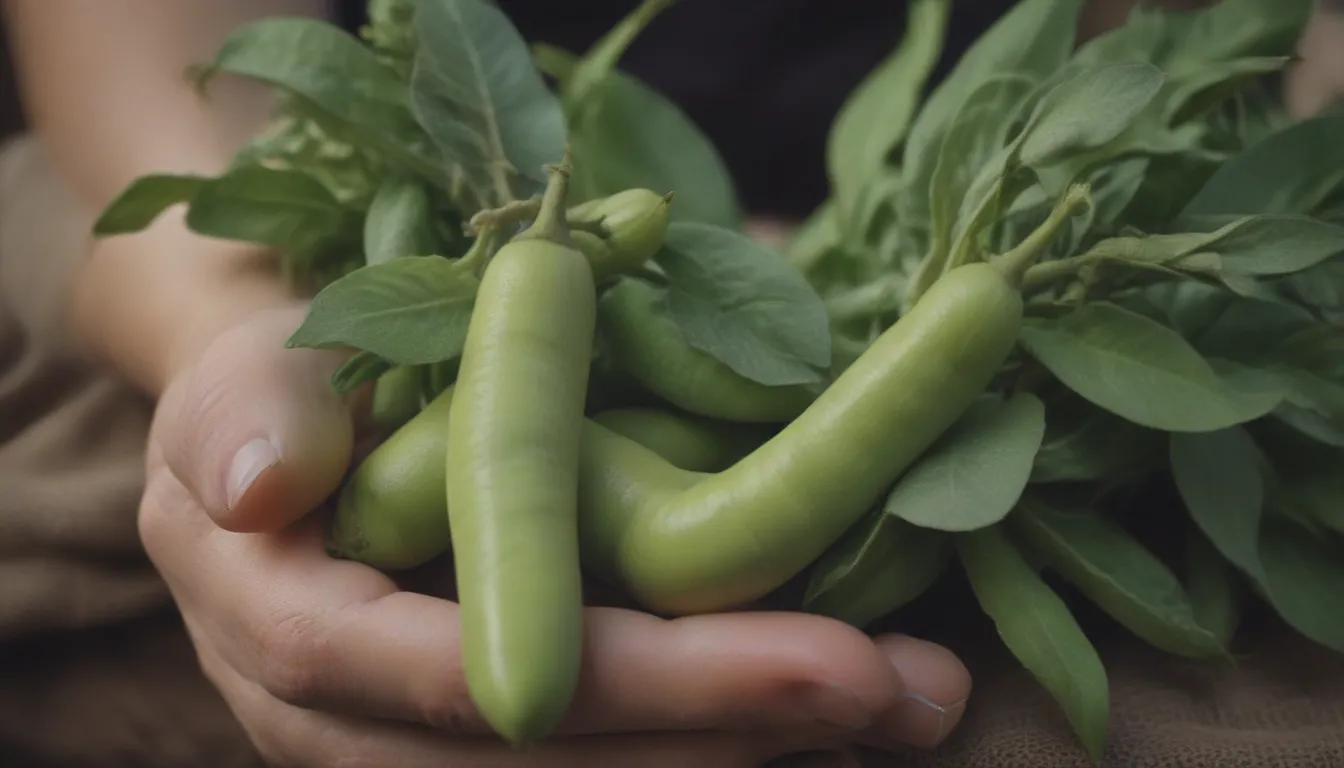
Happy gardening, fellow plant enthusiasts! Today, we’re diving into the wonderful world of fava beans, also known as broad beans. These fast-growing, cool-weather annual vegetables are a joy to cultivate, but they do require some specific care to thrive. Whether you’re a seasoned gardener or a newbie looking to expand your green thumb, this comprehensive guide will equip you with all the knowledge you need to successfully grow and care for fava beans in your garden.
Introduction to Fava Beans
Before we get into the nitty-gritty of fava beans’ care requirements, let’s start with a brief overview of these versatile plants. Fava beans, scientifically known as Vicia faba, are not your typical legumes. Unlike twining climbers, fava beans grow as large, leafy plants with square, hollow stems. Their rounded leaves bear a resemblance to pea foliage rather than traditional bean leaves.
When it comes to planting fava beans, timing is key. You can sow them in either early spring or fall, depending on your climate. These plants thrive in full to partial sun and prefer well-draining soil. Keep in mind that fava beans, including their fruits, flowers, and pollen, can be toxic to individuals who experience favism, so exercise caution if you fall into this category.
Planting and Location
To kickstart your fava bean journey, select a sunny spot with well-draining soil for planting. Avoid overcrowding your fava beans, as they need room to spread out. If space is limited, opt for dwarf cultivars like ‘Bell Bean’ that perform well in containers or raised beds.
Follow these steps to ensure a successful planting process:
- Seed Depth: Plant fava bean seeds about 1 to 2 inches deep and space them at least 6 inches apart.
- Row Spacing: Maintain rows that are 2 to 3 feet apart to give your plants ample breathing room.
- Staking: Support young plants with stakes to prevent root disturbance as they grow.
Fava Bean Plant Care
Now that your fava beans are in the ground, it’s time to focus on their care regimen. Let’s break down the essential elements of fava bean plant care:
Light
Fava beans thrive in full to part-sun conditions, requiring at least six hours of direct sunlight daily to flourish.
Soil
These plants can tolerate various soil types as long as the soil drains well. Aim for a loose, loamy soil with a slightly acidic to neutral pH for optimal growth.
Water
Fava beans have average water needs and some drought tolerance. Provide about an inch of water per week, ensuring the soil remains evenly moist during flower and fruit production.
Temperature and Humidity
Ideal temperatures for fava beans range between 65 and 75 degrees Fahrenheit. Avoid exposing them to extreme heat, as this can make the plants more susceptible to diseases. Fava beans can withstand cooler temperatures down to 40 degrees Fahrenheit, making them resilient in chilly climates.
Fertilizer
Fava beans, like other legumes, fix their own nitrogen and generally do not require additional feeding. Incorporating compost into the soil can support growth, especially in nutrient-poor conditions.
Types of Fava Beans
Dive into the world of fava bean varieties with options such as ‘Aquadulce Claudia’, ‘The Sutton’, ‘Sweet Lorane’, and ‘Windsor’. Experiment with different cultivars to discover the flavors and growth habits that suit your preferences.
Pruning and Propagation
Encourage bushier growth by pruning fava beans once they start flowering. Pinch off the top couple of inches of growth to stimulate branching. After harvesting ripe pods, prune the plants close to the ground. In suitable climates, fava beans may regrow for a second harvest.
Most gardeners propagate fava beans from seed, saving seeds from mature plants for the next growing season. This cost-effective method allows you to replicate plants with desirable traits such as vigor or flavor.
Growing Fava Beans From Seed
Plant fava bean seeds following the same general guidelines as other bean varieties. Ensure proper spacing, adequate sunlight, and well-draining soil to support healthy seedling growth.
Container Gardening and Overwintering
If garden space is limited, consider growing fava beans in containers. Choose compact varieties and provide ample drainage to maintain healthy plant growth. While fava beans are annuals and do not require overwintering, some gardeners in warm climates plant them in the fall for a spring harvest.
Common Pests and Diseases
Keep an eye out for common fava bean pests such as aphids, black flies, and pea and bean weevils, especially in warmer conditions. Fungal diseases like powdery mildew and rust can also pose a threat in wet environments. Maintain proper spacing between plants to promote airflow and reduce the risk of disease.
Troubleshooting Common Problems
Address issues such as yellowing leaves or leaf drop promptly to ensure the health of your fava bean plants. Monitor moisture levels, soil quality, and environmental conditions to prevent common problems from escalating.
Fava Bean Blooming and Harvest
Fava beans typically bloom in spring or summer, with flowers appearing in spiked clusters in white or crimson hues. Encourage blooming by avoiding excess nitrogen in the soil, as these plants generally do not require heavy fertilization. Harvest pods when they reach maturity, typically within 80 to 100 days of planting.
Conclusion
Congratulations on mastering the art of growing and caring for fava beans! By following the tips outlined in this comprehensive guide, you’re well on your way to a bountiful harvest of these nutritious legumes. Experiment with different varieties, monitor plant health, and enjoy the rewards of your gardening efforts. Happy growing!
